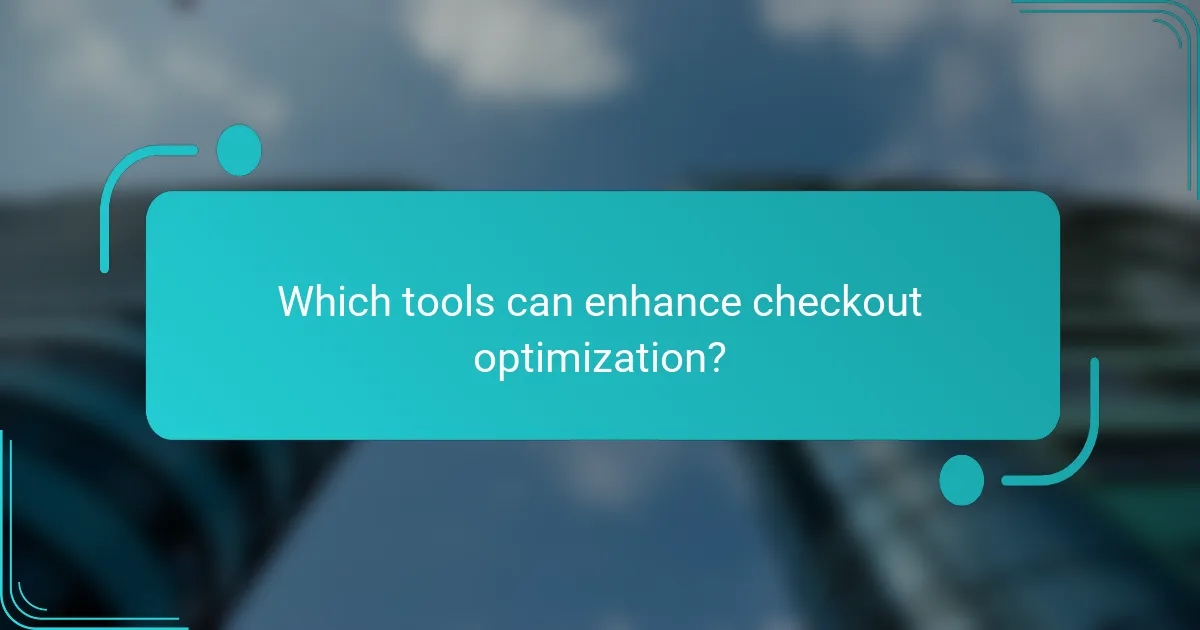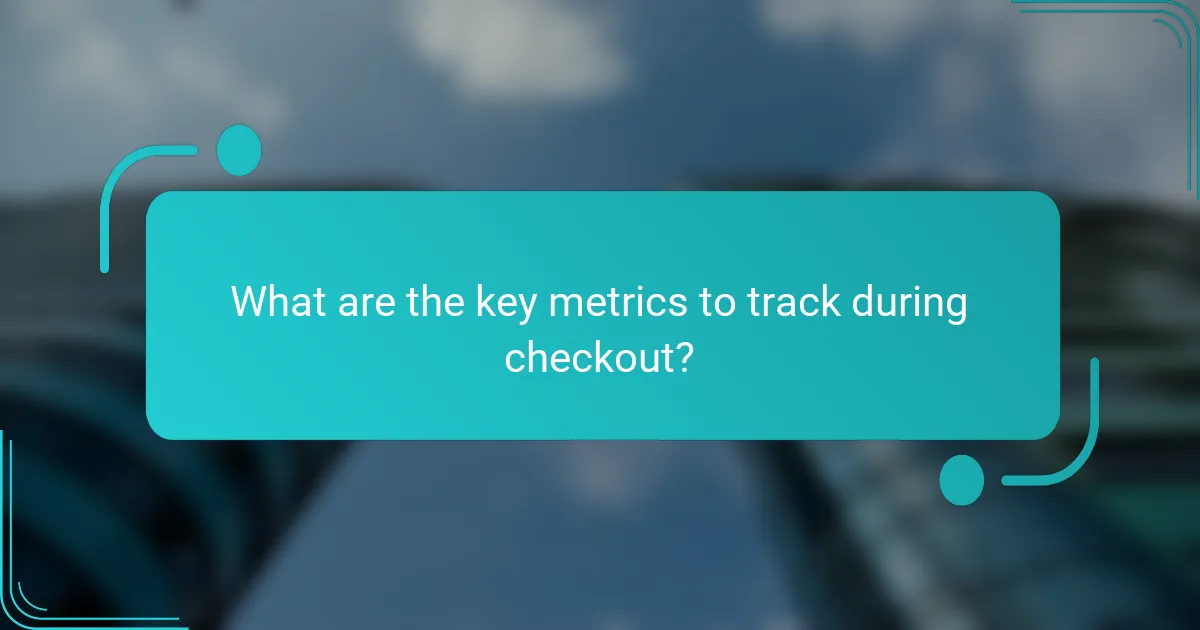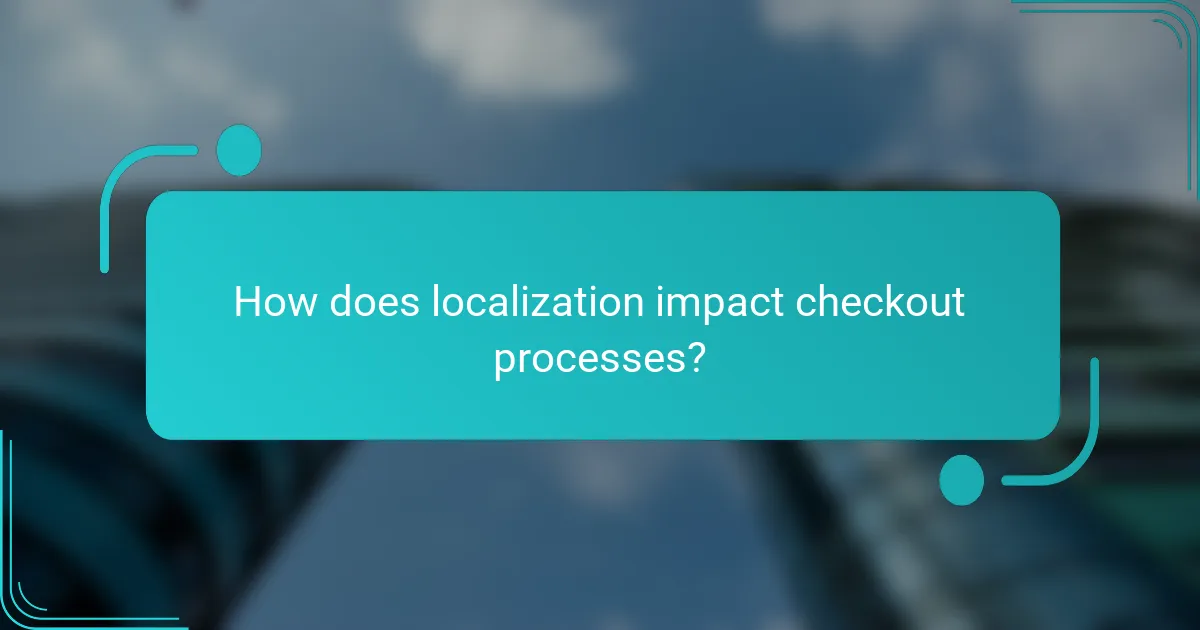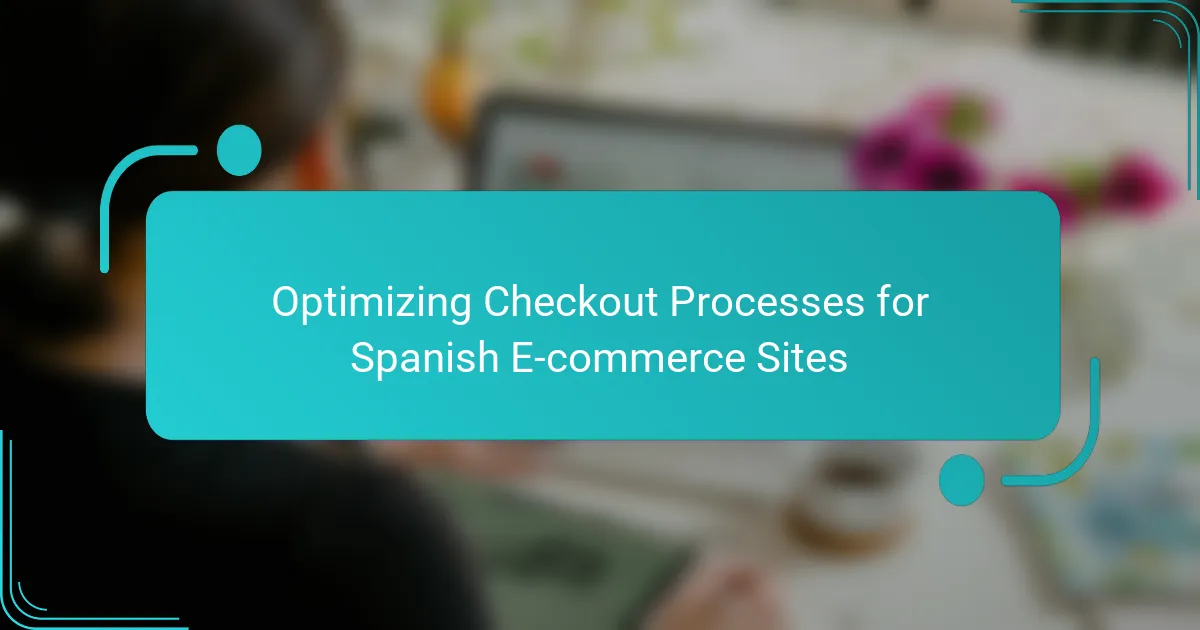Optimizing checkout processes for Spanish e-commerce sites is crucial for enhancing user experience and boosting conversion rates. By simplifying steps and integrating local preferences, businesses can effectively reduce cart abandonment. Implementing strategies such as transparent shipping costs and guest checkout options can further streamline the process and address customer concerns.

How to streamline checkout processes for Spanish e-commerce sites?
Streamlining checkout processes for Spanish e-commerce sites involves simplifying steps, enhancing user experience, and integrating local preferences. A well-optimized checkout can significantly reduce cart abandonment and improve conversion rates.
Implement one-click checkout options
One-click checkout options allow customers to complete their purchases with minimal effort, often requiring just a single click after initial setup. This feature is particularly effective in reducing friction during the checkout process, as it eliminates the need to re-enter payment and shipping information.
To implement this, ensure that users can save their details securely and comply with local data protection regulations. Consider offering incentives for users to opt-in for one-click purchases, such as discounts or loyalty points.
Optimize mobile checkout experience
With a significant portion of online shopping occurring on mobile devices, optimizing the mobile checkout experience is crucial. This includes ensuring that the checkout page is responsive, loads quickly, and is easy to navigate on smaller screens.
Utilize large buttons, clear fonts, and a simplified layout to enhance usability. Test the mobile checkout process regularly to identify and resolve any issues that may hinder user experience.
Integrate local payment methods
Integrating local payment methods is essential for catering to Spanish customers. Popular options include credit and debit cards, PayPal, and local services like Bizum, which are widely used in Spain.
Offering a variety of payment methods can increase customer trust and encourage purchases. Be sure to display payment options clearly during checkout and provide information about security measures to reassure customers about their transactions.

What are the best practices for reducing cart abandonment?
To effectively reduce cart abandonment on Spanish e-commerce sites, implement strategies that address common customer concerns and streamline the checkout process. Key practices include using exit-intent popups, providing transparent shipping costs, and enabling guest checkout.
Use exit-intent popups
Exit-intent popups can capture the attention of users about to leave the site, offering incentives like discounts or free shipping. These popups trigger when the system detects mouse movement towards the browser’s close button, providing a last chance to engage the customer.
When designing these popups, ensure they are visually appealing and easy to dismiss. Avoid being overly intrusive; a well-timed popup can effectively reduce abandonment rates without frustrating users.
Provide transparent shipping costs
Transparent shipping costs are crucial for maintaining customer trust. Clearly display shipping fees early in the checkout process to prevent surprises that can lead to cart abandonment. Many customers abandon carts when they encounter unexpected costs at the final stages.
Consider offering free shipping for orders over a certain amount, as this can encourage customers to add more items to their cart. Clearly communicate any conditions related to shipping costs to avoid confusion.
Enable guest checkout
Allowing guest checkout can significantly reduce cart abandonment, as many users prefer not to create an account. Offering this option streamlines the process, making it quicker and more convenient for first-time buyers.
While encouraging account creation can be beneficial for future marketing, ensure that the guest checkout option is prominently displayed. Follow up with an email post-purchase to invite customers to create an account for future benefits, without being pushy.

Which tools can enhance checkout optimization?
Several tools can significantly enhance checkout optimization for Spanish e-commerce sites, improving user experience and conversion rates. Key options include specialized apps and plugins that streamline the checkout process, analyze user behavior, and provide insights for continuous improvement.
Shopify checkout apps
Shopify offers a variety of checkout apps designed to simplify and enhance the purchasing experience. These apps can help reduce cart abandonment by providing features like one-click checkout, customizable checkout pages, and automated upselling options. Popular choices include apps like “Bold Checkout” and “ReCharge,” which cater to different business needs.
When selecting a Shopify checkout app, consider factors such as ease of integration, user reviews, and specific features that align with your business goals. Testing different apps can help identify which ones yield the best results for your audience.
WooCommerce plugins
For WooCommerce users, numerous plugins can optimize the checkout experience. Essential plugins include “WooCommerce Direct Checkout,” which allows customers to skip the cart page, and “WooCommerce Checkout Field Editor,” enabling customization of checkout fields. These tools can enhance usability and speed up the purchasing process.
It’s crucial to ensure that any plugins you choose are compatible with your current theme and other plugins. Regular updates and support from developers can also impact the effectiveness of these tools, so prioritize those with good reputations.
Google Analytics for e-commerce
Google Analytics is a powerful tool for understanding user behavior during the checkout process. By setting up e-commerce tracking, you can gain insights into conversion rates, cart abandonment rates, and the effectiveness of different checkout methods. This data is invaluable for making informed decisions about checkout optimization.
To effectively use Google Analytics, focus on key metrics such as average order value and checkout funnel drop-off points. Regularly reviewing this data can help identify areas for improvement, allowing you to make data-driven adjustments that enhance the overall checkout experience.

What are the key metrics to track during checkout?
Key metrics to track during checkout include cart abandonment rate, checkout completion rate, and average order value. Monitoring these metrics helps identify areas for improvement in the checkout process, enhancing customer experience and increasing sales.
Cart abandonment rate
The cart abandonment rate measures the percentage of customers who add items to their cart but do not complete the purchase. A high abandonment rate often indicates issues in the checkout process, such as unexpected costs or complicated forms.
To reduce cart abandonment, streamline the checkout process by minimizing the number of steps and offering guest checkout options. Consider sending follow-up emails to remind customers of their abandoned carts, potentially including incentives like discounts or free shipping.
Checkout completion rate
The checkout completion rate reflects the percentage of users who successfully finalize their purchases after initiating the checkout process. This metric is crucial for understanding how effectively your site converts interested shoppers into buyers.
Improving the checkout completion rate can involve simplifying forms, providing multiple payment options, and ensuring the site is mobile-friendly. Regularly testing the checkout flow can help identify and resolve any friction points that may deter customers from completing their orders.
Average order value
Average order value (AOV) calculates the average amount spent by customers per transaction. This metric is vital for assessing overall sales performance and can guide marketing strategies aimed at increasing revenue.
To boost AOV, consider implementing upselling and cross-selling techniques, such as suggesting related products or offering discounts on larger purchases. Promotions like free shipping on orders over a certain amount can also encourage customers to add more items to their carts.

How does localization impact checkout processes?
Localization significantly enhances checkout processes by aligning them with the preferences and expectations of Spanish customers. This includes adapting language, payment methods, and compliance with local regulations to create a seamless shopping experience.
Language preferences for Spanish customers
Spanish customers prefer to navigate e-commerce sites in their native language. Providing a fully translated checkout process not only improves user experience but also builds trust and reduces cart abandonment rates.
Consider using regional dialects or variations, such as Castilian or Latin American Spanish, depending on your target audience. This attention to detail can make customers feel more comfortable and understood.
Region-specific payment options
Offering payment methods that are popular in Spain, such as Bizum, SEPA transfers, or local credit cards, is crucial for optimizing the checkout process. These options cater to customer preferences and can lead to higher conversion rates.
Additionally, consider integrating international options like PayPal or credit cards, but ensure they are presented alongside local methods to provide a comprehensive range of choices.
Adapting to local regulations
Compliance with local regulations, such as the General Data Protection Regulation (GDPR), is essential for e-commerce sites operating in Spain. This includes ensuring that customer data is handled securely and transparently during the checkout process.
Moreover, be aware of consumer protection laws that may affect return policies or payment processing. Familiarizing yourself with these regulations can help avoid legal issues and enhance customer satisfaction.
